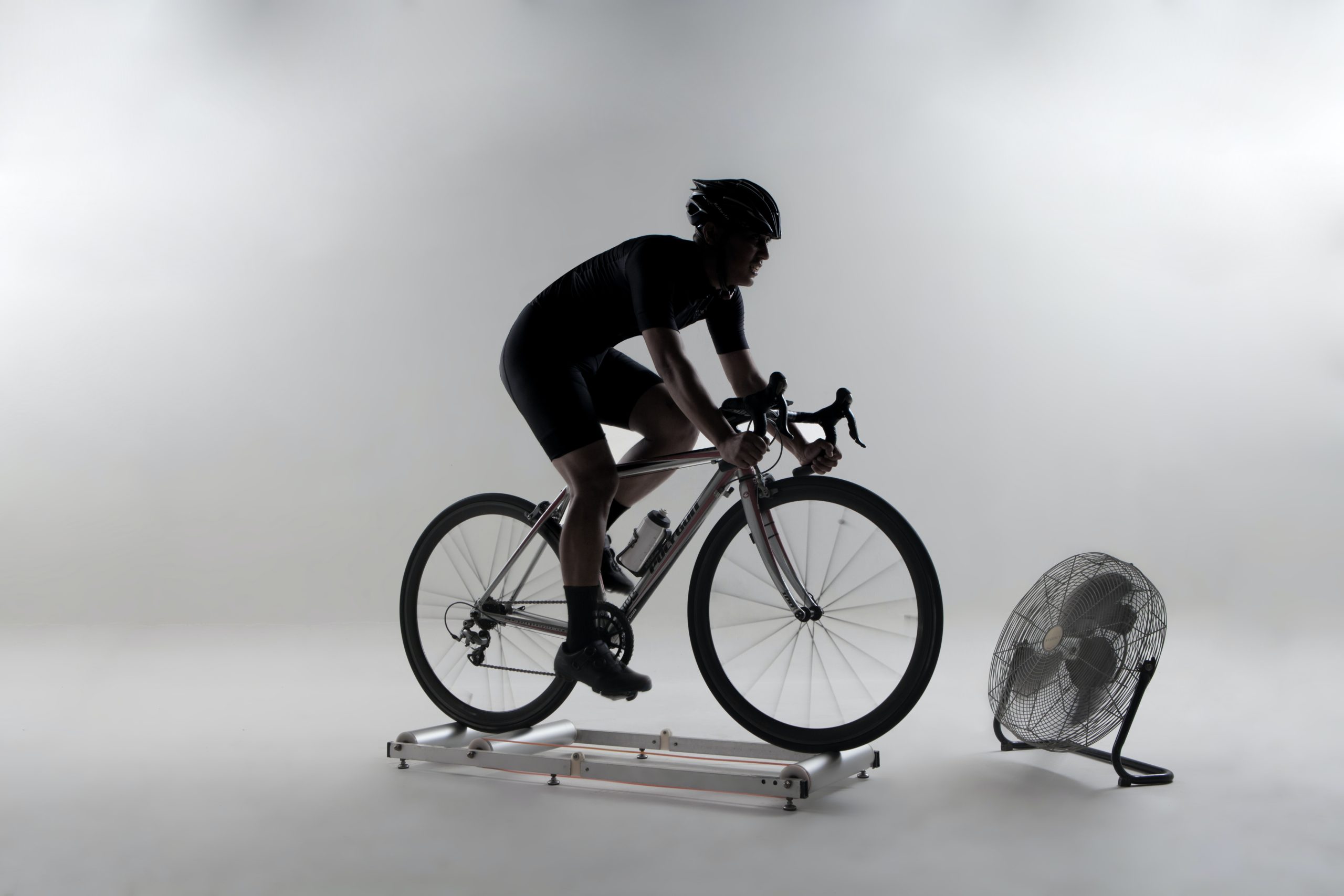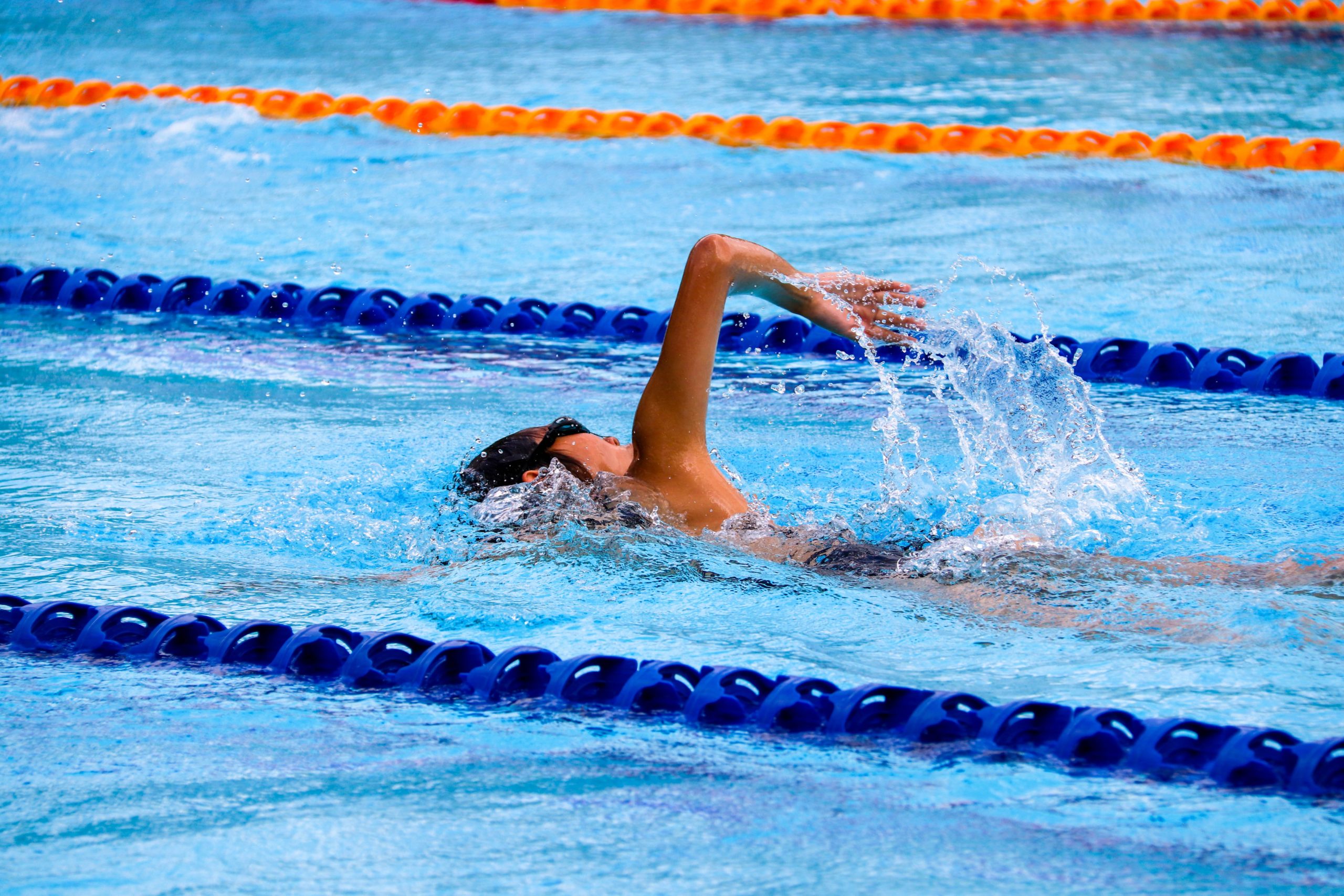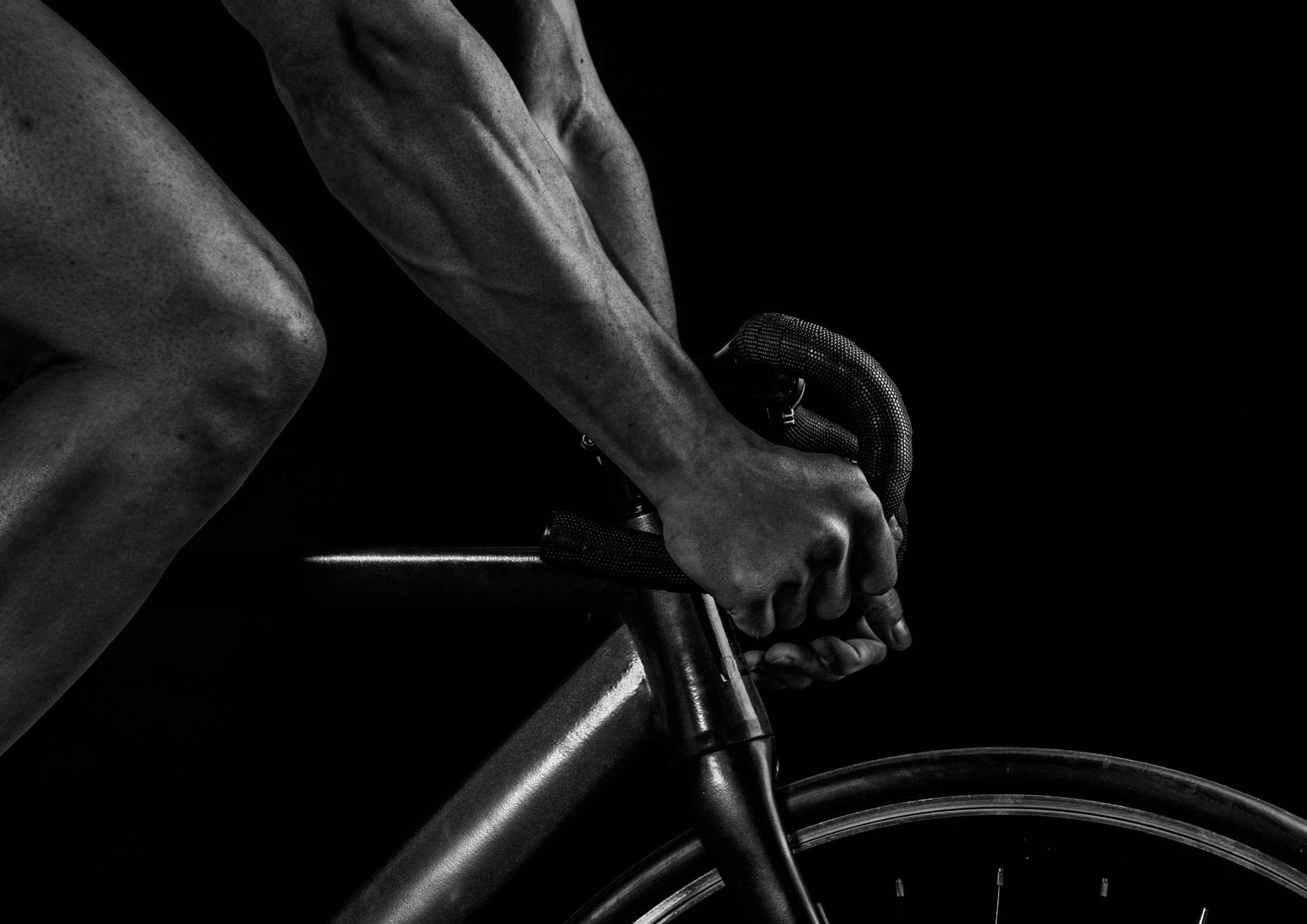Triathlete Guide to Threshold Testing for Swim, Bike and Run
A comprehensive review of the performance testing for triathletes and recommendations for how to test swim, bike and run.

For most trained athletes, the idea of “testing” is often accompanied by thoughts of pain and some dry heaving. But benchmark testing is a key tool for improving performance.
In most scenarios, athletes test to understand their threshold rates for each discipline. Threshold, or lactate threshold, is the point at which you produce lactic acid faster than you can process it. Once you reach this point, you can no longer maintain that set pace indefinitely.
Periodic and replicable testing allows you to:
- Assess your fitness level, progress and trajectory. It can help you identify weak spots and areas to focus on in your next block of training.
- Measure your threshold paces, heart rate and power, which directly contribute to your training zones. Using the right zones, ensures you are training at the appropriate intensities.
- Limit as many external factors as possible and get a true comparison to previous tests.

Swim Testing
Data points are hard to come by in the pool. As a result, it is heavily governed by time and paces. But there are still a variety of formats to help you understand your threshold paces.
The standard 1,000 yard time trial
This tried and true test has been used for decades and is the gold standard for measuring threshold pace. Don’t be fooled by its simplicity, pacing yourself for this is no easy task. It’s quite common for athletes to come out too fast and trail off too early. Your threshold pace is your average pace per 100 meters or yards.
The abbreviated 500 yards time trial
Similar to its predecessor, this abbreviated version lessens the effect of improper pacing, making it more accessible for newer swimmers. Much the same way, swim 500 yards/meters as fast as you can. Once complete, add four to five seconds to your average pace per 100 yards/meters. It is worth noting that with looser guidelines, it is a bit less accurate. It is, however, sufficient for most age groupers but may not be finite enough for the more advanced/elite swimmers.
The Critical Swim Speed (CSS) test
A bit more intricate, the CSS test involves two different time intervals. The standard is a 400 yard or meter time trial followed by five to 10 minutes of rest, and then a 200 yard/meter time trial. You then subtract your time for the 200 from your time in the 400 and divide the result by two.
Example, if you swam the 400 in 6 minutes (360 seconds) and the 200 in 3 minutes (180 seconds) it would look like this:
360 seconds-180 seconds=180
180/2=90 seconds (or 1:30) per 100 yards/meters

Bike Testing
For most age group athletes, the main focus of testing on the bike is to measure your Functional Threshold Power (FTP) which is by definition, the highest power measured in watts that you could withstand for one hour. Most of the bike training is power based, so determining FTP is imperative.
With all testing, adequate warm up is very important. On the bike this should include 10-15 minutes of easy spinning and a few short duration sprints (10-20 seconds) to activate the systems.
Pacing is key. Come out too hard and you’ll fade too quickly. Come out too soft and you’ll leave watts on the table. These tests take some practice.
The 30 minute FTP test
This “OG” FTP test involves putting out the max effort you can sustain for 30 minutes. Your goal is to hold the highest consistent level of power for the entirety of the test. Once complete, the average power achieved over the full 30 minutes is your FTP.
The 20 minute FTP test
An abbreviated version of the 30 minute test, this is one of the most common and popular formats. The structure is the same as the 30 minute test however when complete, take your average power for the 20 minutes and subtract five percent to get your FTP. (That subtraction accounts for the shorter duration.)
Note: both the 30 minute and 20 minute FTP tests can be conducted indoors or outdoors. If performing outdoors, make sure to find a safe area that is as smooth, flat and straight as possible.
The ramp test
The ramp test is a staged format where power is increased in fixed time increments (usually 20 watts per every one minute). Once this test starts, pedal until you physically can’t pedal anymore. Your goal is to fully complete the highest power interval you possibly can. Once complete, you take 75 percent of the maximum interval you completed to get your FTP.
This test is a bit less taxing on the body than the traditional FTP test but ultimately, you will ride to failure which is never a pleasant experience.
Three minute critical power test
This…one…hurts. Critical power is similar to our FTP in that it’s the maximum power we can hold for an extended period of time. When riding, we always have the ability to push above that limit but only for a short period of time.
The theory is that we can perform above our critical power for about two and a half minutes, at which point we naturally fall to our critical power level.
It’s an all out max effort from minute one. No pacing, just push your max effort for the full three minutes. Once complete, your critical power will be the average power for the last 30 seconds.
To calculate your FTP, take 95% of your critical power number.

Run Testing
Running carries the highest risk of injury so it’s crucial that you understand your threshold and training paces.
Proper warm up is IMPERATIVE. Make sure to take at least 15 minutes of easy running (50-75 meter building efforts).
The 30 minute time trial
You embark on a 30 minute run, preferably on a track or a flat road course. Pacing is key: this should be the hardest effort that you can sustain for the full 30 minutes. Once complete, take the average pace for the last 20 minutes of the run. This is your new threshold pace.
The 5k or 3 mile race
Similar to the 30 minute time trial, pace your 5k to your maximum sustainable effort for the entirety of the race. Once complete, take your average pace and add five to 10 percent to get your threshold pace.
It is worth noting that race day performance enhancement occurs vs. doing a time trial on your own. If you race this, you may consider adding closer to 10 percent vs. five percent.
Also make sure you are pacing properly. Many suggest starting your effort slightly slower (five to 10 seconds per mile) than your target pace and build to the finish.
3-minute critical velocity
This is similar to the bike’s critical power test covered earlier. The theory being that we can only hold an effort above our threshold for two to two and a half minutes. With this test we are measuring the last 30 seconds to find our threshold level.
Note, this is an all out max effort for three minutes. It’s important for you to hit the gas from minute one to ensure you default down to your threshold by the two and a half minute mark. If you come out too slow, you can manipulate the results.

